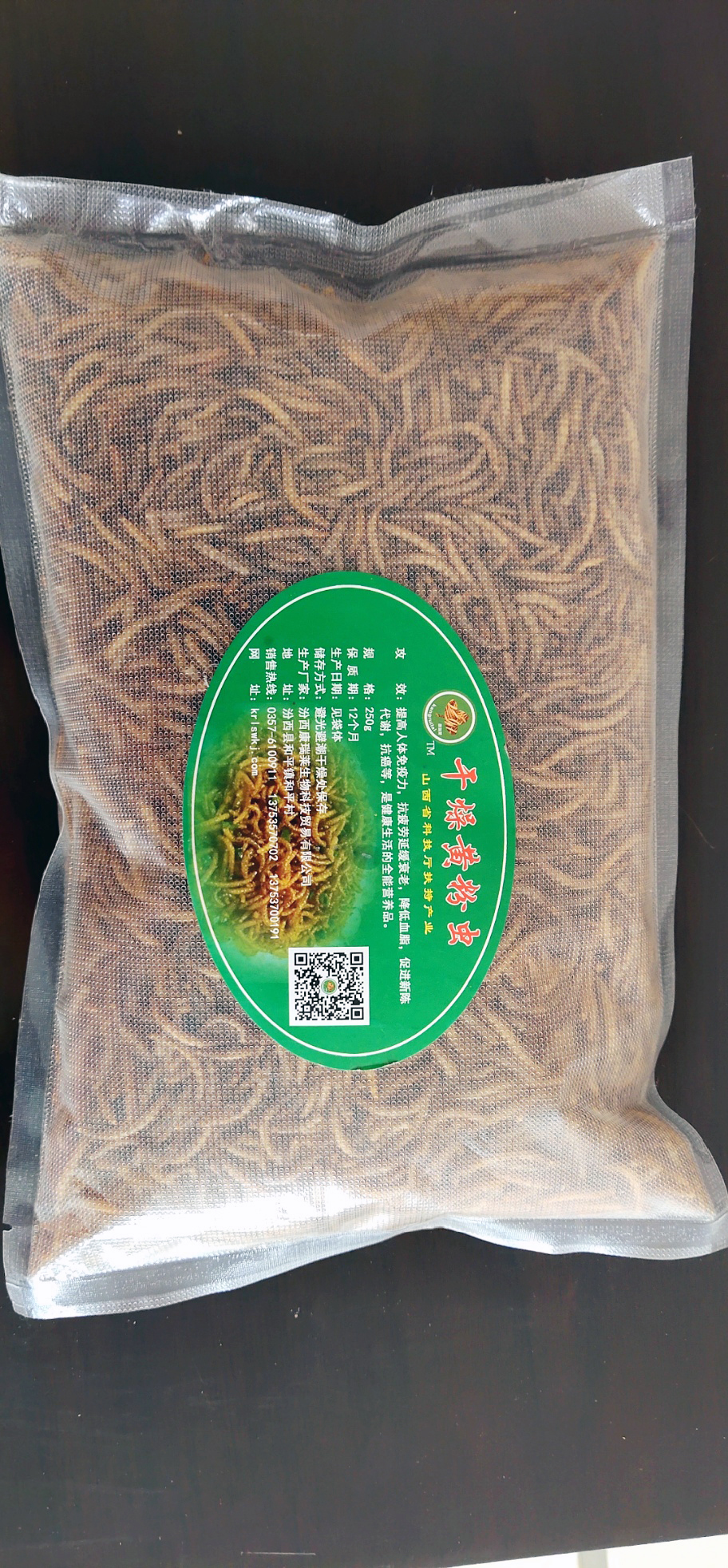After many years of vegetable planting, vegetable growers have applied a large amount of compound fertilizers, which has led to the imbalance of soil nutrients in greenhouses, which has greatly restricted the improvement of vegetable quality and yield. At present, more and more vegetable farmers have realized the importance of micro-fertilizer and increased the application of micronutrients. The reason why it is called micro-fertilizer is because the demand for vegetables is small and the amount is small, but it is not enough to lack such elements. However, many vegetable farmers are not very familiar with the use of trace fertilizers. Even vegetable farmers, like compound fertilizers, use dozens of kilograms at one time, causing serious waste and poisoning vegetables. Here we introduce the use of several major fertilizers dose: Boron fertilizer: mainly borax, boric acid, followed by boron and magnesium fertilizer. Borax and boric acid are commonly used boron fertilizers, applying 0.5-0.75 kilograms per acre of soil or foliar application, foliar spraying 0.1-0.3%, seed soaking 0.01-0.1%, seed dressing 0.2-0.5 per kilogram seed fertilizer Grams. Zinc fertilizer: There are mainly zinc sulfate, zinc oxide, zinc nitride, and zinc in combination. Zinc sulphate is commonly used zinc fertilizer, soil application or topdressing 1-2 kilograms per acre, foliar spray concentration of 0.01-0.05%, soaking concentration of 0.02%-0.05%, seed dressing for 1-3 grams of fertilizer per kilogram of seed . Molybdenum fertilizer: mainly ammonium molybdate, followed by sodium molybdate, molybdenum trioxide and so on. Ammonium molybdate is a commonly used molybdenum fertilizer, applying or applying 50-150 g per acre of soil, applying a concentration of 0.01%-0.1%, soaking in a concentration of 0.05%-0.1%, and dressing seed for 2-5 per kilogram of seed fertilizer. Grams. Copper fertilizer: mainly copper sulfate, in addition to copper oxide, copper arsenic, copper slag and so on. Copper sulphate is commonly used copper fertilizer, applying 0.8-1.5 kilograms per acre of soil or foliar application, foliar spray concentration of 0.01%-0.05%, soaking concentration of 0.01%-0.05%, and seed dressing of 0.3 g per kilogram of seed fertilizer. Manganese fertilizer: mainly manganese sulfate, followed by manganese carbonate, manganese chloride, manganese oxide and so on. Manganese sulphate is a commonly used manganese fertilizer, applied or topdressing 1-2 kg per acre soil, foliar spray concentration of 0.05% -0.2%, soaking concentration of 0.05% -0.1%, seed dressing per kilogram of seed fertilizer 4 - 8 grams. Iron fertilizers: There are mainly ferrous sulfates, in addition to ferrous ammonium sulfate, iron complexes, and the like. Ferrous sulphate is a commonly used species. Each kilogram of soil applied or topdressing 5 kilograms, foliar spray concentration of 0.5% -0.3%. The amount of micro-fertilizer is very small, and how to apply it evenly is a problem that plagues many vegetable farmers. Many vegetable farmers think that the fertilizer is too little to be used at all, so that they do not use or increase the amount of micro-fertilizer, which is detrimental to the normal growth of vegetables. In fact, uniform application of micronutrients is also very simple. Because most of the micronutrients are soluble, the vegetable growers can spray the dissolved fertilizer solution on the ground after the base fertilizer is spread, and plow with the base fertilizer into the soil, or dissolve the fertilizer in the bucket and water it. When you flush with water. The vegetable grower can also choose the well-tolerated medium and trace element fertilizers such as Fengyangyuan.
The yellow mealworm is not only rich in protein, fat, polysaccharid and other organic macromolecular nutrients, but also rich in phosphorus, potassium, iron, sodium, aluminum and other trace elements. For every 100g of the yellow mealworm larvae, the protein content of dry powder is between 48% and 54%, the fat content is between 28% and 41%, and the contents of vitamin E, B1 and B2 are also high. Therefore, the yellow mealworm can provide high quality protein for the thrush birds, make the thrush birds strong, eyes bright, feathers rich and shiny.
Fenxi Kangruilai Bio-Technique Trade Co., Ltd , located in Shanxi province, is a professional manufacturer and exporter, which includes research and development, production and sales. And it is specialized in producing and processing of mealworms (Tenebrio Molitor).The company ,which has a complete scientific quality management system,was established in 2017 with the registered capital RMB1,000,000. It is the only enterprise in Shanxi province that integrates the cultivation, breeding, processing and domestic and foreign market sales of mealworm. With the development and excellent reputation, the scale becomes larger and larger. At present, our main product is dried mealworm(Tenebrio Molitor), Protein Powder and Essential Oil, all of which are made of mealworms(Tenebrio Molitor). And our dried mealworms(Tenebrio Molitor) are rich in protein, fat , vitamins, minerals, amino acid and trace elements, can be effective supplement for all kinds of pet nutrition to improve the immune function.The products, which comply with feed hygiene standards, are mainly exported to Europe, America and Canada etc, and where they have been widely praised by the customers. No matter quality or quantity, service or transportation, we are all ready. Please make the right choice for your animal friends!
Thrush Bird Feed,5Kg Thrush Bird Feed,10Kg Thrush Bird Feed,15Kg Thrush Bird Feed Fenxi Kangruilai Biotechnology Co., Ltd. , https://www.kangruilai-petfeed.com